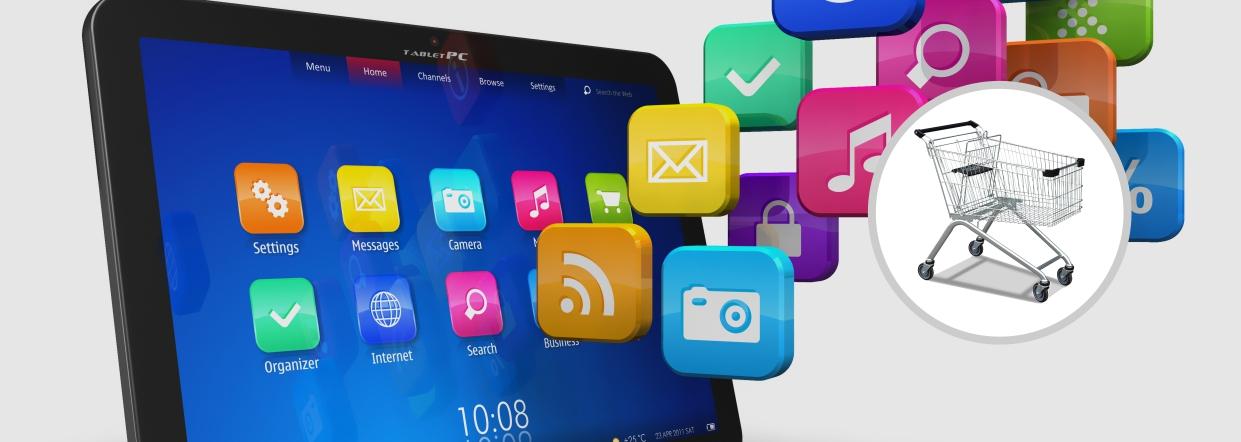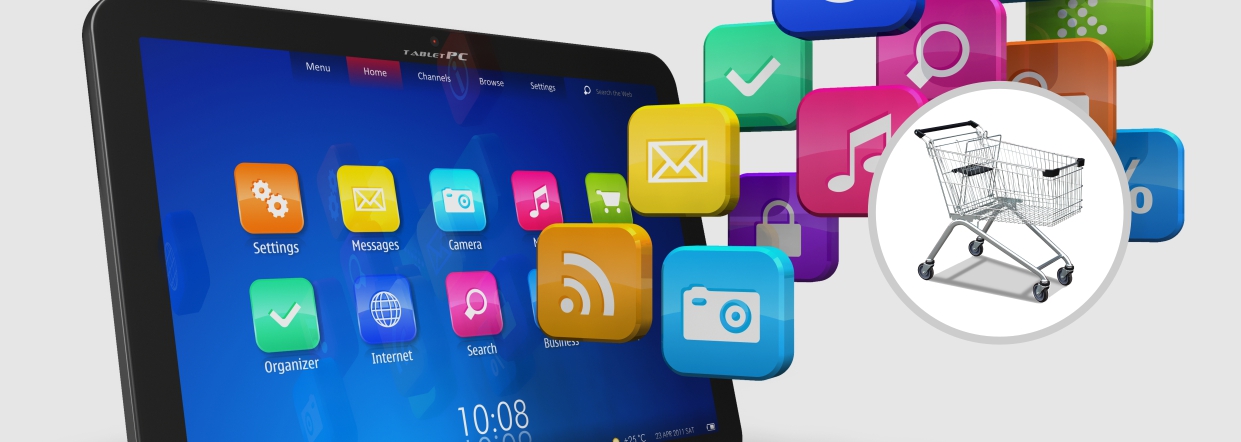The most striking trend witnessed by the retail industry in recent times is the unprecedented rise in the number of start-ups with their disruptive and innovative business models. But have you ever wondered what decides their future in the ever-competitive retail ecosystem? It is their ability to react at that crucial point where their growth starts adversely affecting their agility. The faster they recognise the impact of digital transformation on agile retail, the smoother is their transition from a promising start-up to a mature enterprise.
Scale Vs Agility: Maintaining the Right Balance
Most retail start-ups begin their journey modestly. They operate as a small independent unit with flexible supply chain, an easy-to-manage inventory model and a customer-friendly front-end experience. Their size allows them to stay agile and increase their sales volume rapidly. But with rising sales, they reach a tipping point where they must measure their scale vis-à-vis their agility. At this stage, it becomes necessary for them to create a solid digital backbone and develop a back-end that has the strength to endure exponential growth while being nimble enough to respond faster to customer needs.
Staying Agile is Staying Alive
But why only the start-ups? If you are an established retailer digital transformation impacts you too. The challenges may be different, but the solution is similar. It is imperative for you to break the legacy of centralised operating system and implement a digital adoption strategy. A simpler and leaner approach designed around customer experience can certainly keep your business going.
Retail behemoths across the world are solving their technology problems to address customer pain points. They are undergoing end-to-end value chain transformation to become agile digital enterprises. Embracing agile approaches seem to be the only way out for them to accelerate efforts to innovate and stay aggressive.
A Perfect Digital Strategy: Flexibility Meets Stability
Whether you are a start-up or an established player – one thing is sure. You need to digitally integrate and support every element of your backend operation that includes planning, supply chain, logistics, finance and procurement to enjoy the benefit of digital transformation services. Choose a digital core that is standardised, scalable and open. It should be an ideal mix of flexibility and stability so that you can cater to your customer needs without compromising on innovation and continually improve your deliverables.
The Four Pillars of Agile Retail
The success of digital transformation largely depends on how efficiently you fortify the four pillars of agile retail. Make sure you:
- Collaborate across functions by breaking down silos. Create an environment where all your back-end verticals work as a team.
- Always take a customer-centric approach where the decisions are driven by data collected from customer trends.
- Constantly respond to change and remain dynamic. There is no merit in following a rigid plan.
- Invest in working software rather than wasting time on comprehensive documentation
Digital Transformation:
Every agile retail organisation relies on a back-end operation that is driven by technology. Automation at every stage enables intelligent decision-making and timely adjustments. This gives the retailers an edge by creating unique and differentiated customer proposition. It also helps them expand product lines, introduce new services and personalise customer experiences.
To get down to specifics, here is how digital transformation impacts retail and its agility.
- Breaking the Chain of Traditional Supply
It is not difficult to measure digital transformation in the supply chain of retail business. The way Digital Supply Network (DSN) is helping retailers reduce the traditional barriers of time and space is incredible. DSN is bringing transparency in operation and offering them new revenue opportunities. Its unique characteristics like always-on-agility, connected community and intelligent optimization support businesses to make informed decisions. - Giving New Direction to Logistics
- Proper use of digital adoption strategy in logistics can drastically change the dynamics of your retail business. E-commerce is offering a level playing ground for small retailers to compete with the giants. Big data is facilitating a holistic understanding of the exact location of stock items. Robotic stock picking is empowering workers to maximise space availability. Warehouse automation will continue to improve efficiency and is all set to become popular in the near future.
Internet of Things is enabling retail giants like Unilever and P&G to reduce inventories and lower delivery costs. Amazon is effectively automating delivery methods by using drone-based deliveries. Similarly, Chinese e-tailer LightInTheBox is directly delivering to customers across the globe using digitally enabled logistics services.
- Adding Value to Finance Functions
- Digital finance is bringing a paradigm shift in the finance ecosystem by utilising disruptive technology, innovation, data and people. Be it automating repetitive finance processes through Robotic Process Automation, implementing Natural Language Processing (NLG) for efficient financial planning and business reporting or introducing Blockchain technology to eliminate intermediaries – digital transformation can make your finance transparent and efficient.
- Enabling Seamless Procurement with Digital Insights
Digital adoption strategy is already showing results in procurement and vendor management. Digital procurement solutions are providing retailers with useful data and better insights to frame supplier strategies. As a result, you can automate your transactional procurement, predict your strategic sourcing and establish a proactive relationship with your suppliers. Blockchain-based solutions are streamlining processes and making real-time vendor payment possible. Retailers are partnering with brands to design virtual showrooms using Virtual Reality (VR).
- Removing Order Gaps through Accurate Predictions
Digital transformation is bringing accuracy to assortment-mix and planning process. It can answer specific questions like What is the right merchandise to hold? Or What is the right time for a product launch? You can seamlessly forecast transactions and plan your product mix correctly. - Tesco has successfully used predictive analytics tools to forecast the seasonal demand for ice-creams and manage orders in each of its stores. RFID chips allow Zara to instantly replenish the stock in its showrooms.
CONCLUSION
The impact of Digital Transformation in retail is immense. It can enhance your product experience, optimize operation and maximize revenue. However, the best way to measure digital transformation is to check out the smiles on your customer’s face. Only a reliable partner can show you the way with the right technology solution.



